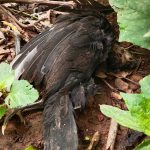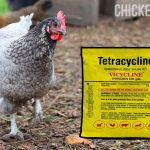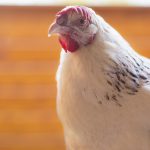Pasty Butt in Chicks: Causes And Treatment
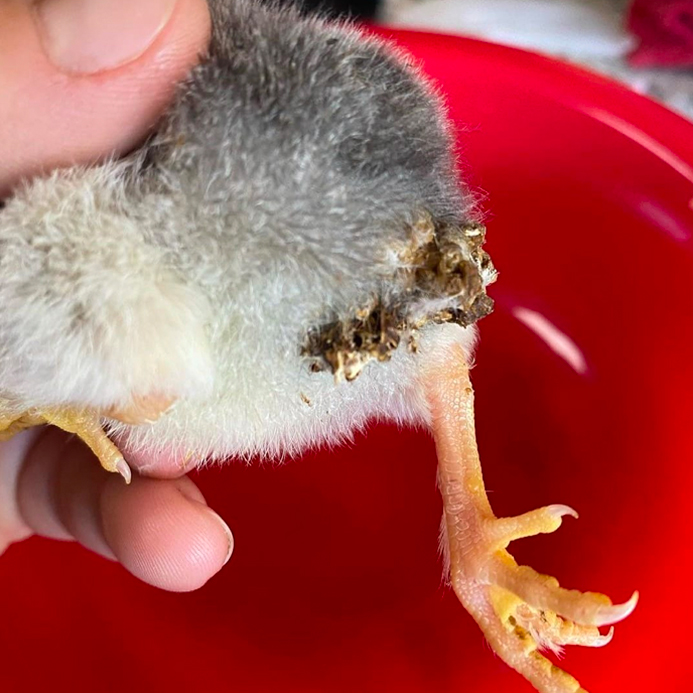

Got a chick with dried poo? Pasty Butt in chicks occurs all too often. Left untreated, it can be fatal. Luckily it’s easy to treat if you act fast.
What is Pasty Butt?
Pasty Butt is a condition where the chick’s tiny poophole is clogged up with dried (pasty) stool. As a result, the chick cannot poop and will only be able to survive this situation for two days.
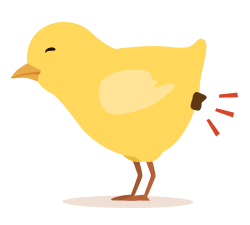
Pasty Butt is a popular name in spoken language, the proper terminology is Pasty Vent.
Vent? What is a Chicken Vent?
Chickens have just one single opening that they use both to lay eggs and defecate. This hole is called the vent (or cloaca).
Remark that baby chicks also have a navel/belly button that is still healing, just like humans. This dark and shriveled stump should never be confused with the vent. The vent is just beneath the tail.
What are the Causes of Pasty Butt?
Pasty Butt in chicks is usually stress-induced:
- turbulent transport conditions
- over-heating in the brooder
- being cold (usually due to bad shipping conditions)
- getting used to solid food, coming from yolk nutrients
- coccoidiosis or other parasite infections
These factors are either directly or indirectly provoking poor digestion which can ultimately result in Pasty Vent. We will dig into the nitty-gritty details of the microbiome later.
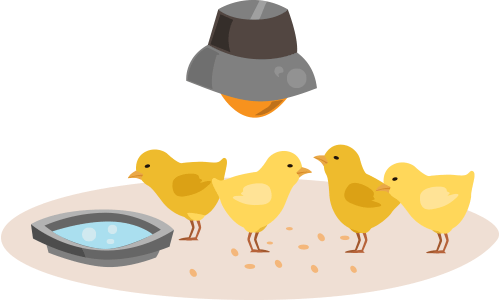
Pasty butt in chicks is far less common when a broody hen raises the chicks. That’s because hens are – by nature – much better at regulating their body temperature, and the chicks won’t stress when their mum is around.
How to recognize Pasty Butt?
To check a chick for Pasty Butt, tip it over and inspect the vent. If you spot caked droppings, the chick needs to be cleaned up. A quick glance will suffice: you know it when you see it.

Make sure to check them every day, especially during the first two weeks.
A chick with Pasty Butt will show these symptoms:
- loss of appetite
- not sleeping
- growth slowing down
- general weakness and lethargy
When spotted, act immediately.
How to Treat Pasty Butt?
To solve the issue, you have to remove the clot. Be gentle but also assertive and quick. The longer the chick is outside the brooder, the more stress, and cold. Prepare for some grumpy cheeping.
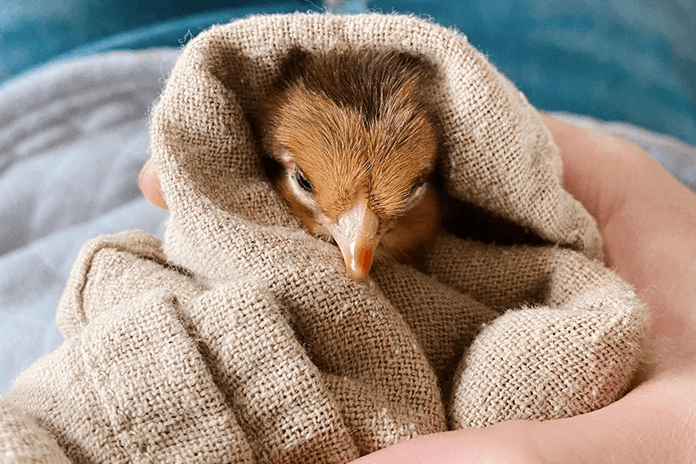
To remove the Pasty Butt:
- Gently take the chick and wash the vent under lukewarm running water. Only the vent, don’t bathe them or they will quickly get chilled.
- Try gently wiping the poop off with some disposable towel or cotton wool. Never pull because you can tear the skin and feathers.
- Use a clean soft towel to dry the chick
- To finish the drying, use a hair dryer on the lowest heat possible. Be careful!
- Optionally apply some antibiotic ointment
- Place the chick back in the brooder
If the vent is red and swollen after cleaning, keep the chick apart to prevent pecking.
Always use clean gloves and wash your hands well: pasty vents can be caused by parasites and coccidiosis.
How to Prevent Pasty Butt?
Prevention is better than cure.
Make sure to:
- preserve the proper temperature in the brooder, preferably radiant heat
- add probiotics to the water if it’s not already in the feed
- keep the bedding dry and clean
- provide clean water and appropriate starter feed (no oyster shells)
- provide grit; chickens don’t have teeth, so they need the grit to help with their digestion
- don’t feed them treats
- immediately move them to the brooder when they arrive
- provide enough space; they will grow quickly!
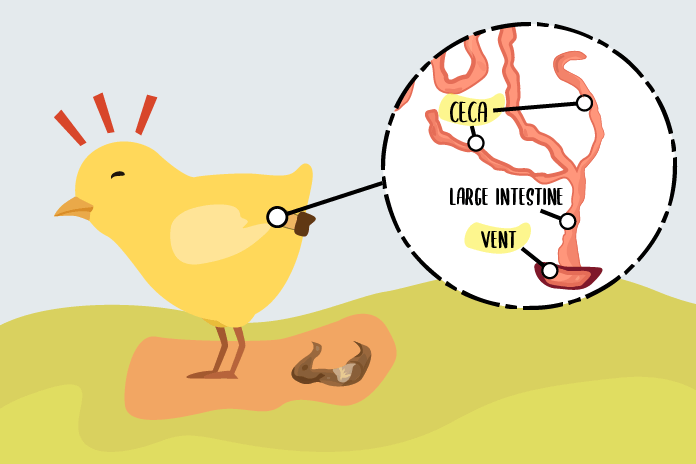
Especially the first two weeks are crucial. Pasty Vent becomes less fatal as the chicks get older. Pullets can push harder to force droppings out, and their vent stretches to lay eggs.
If you spot some pasted-up feathers and yellow-white paste-like discharge on the vent of grown-up chickens, it’s not Pasty Butt, but it’s probably a case of Vent Gleet.
What is Vent Gleet?
Vent Gleet (Cloacitis) is a fungal infection of the vent caused by Candida Albicans.
Candida albicans is a common type of yeast found in soil and garbage. In normal conditions, the yeast does not pose a threat: it occurs naturally in and on the human body too. In a warm and moist climate, however, the yeast can multiply rapidly and cause infections.
The treatment is about the same as with Pasty Butt in chicks: washing the vent regularly and applying anti-fungal cream.
Vent problems have their roots in the digestive system that is disturbed. Common causes are stress, hormones, infections, parasites, and feeding issues.
To better understand how Pasty Butt develops, let’s have a look at the digestive system of chickens.
Development of Pasty Butt in the Digestive System
We humans all have a cecum and appendix in our body that helps to absorb salts and water.
Chickens are built differently than humans. At the beginning of the large intestine, they have two cecal pouches. Their main function is to break down fibrous material and cellulose. They have two because they eat a lot of plant-based food.
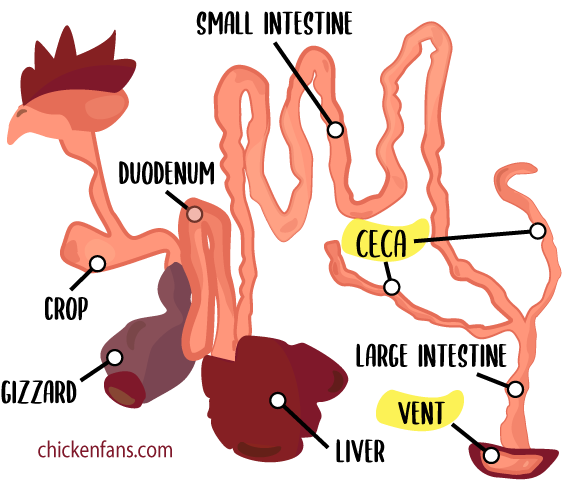
Food coming from the small intestine is first stored in the ceca to reabsorb water and start a fermentation process to break down fibers. When the water is absorbed, the ceca expel the residual debris in the form of cecal droppings.
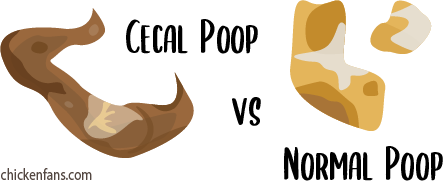
Cecal droppings are smelly, moist droppings that look very different from normal droppings. These cecal droppings might look like a bad case of diarrhea but are completely healthy.
How does the Ceca metabolism causes Pasty Butt in chicks?
Day-old chicks are just starting to eat real food instead of relying on the nutrients in the yolk sac. In this stage of development, the regulation of the digestive system is critical.
In stress situations or when the brooder is too hot, chicks start panting to release heat. This results in dehydration, which indirectly causes the ceca to lose water, leading to an imbalance of the ceca microorganisms. The microbes in the ceca can’t properly digest the fibers in the food.
When this happens, the cecal droppings are much more sticky and harder to release. Young chicks cannot push out the mix of the pasty cecal poop and the normal poop. The final result is Pasty Butt in chicks.
Wrap Up
Pasty Vent is very common, especially in the first two weeks. Even with ideal brooding conditions, it’s impossible to completely prevent Pasty Vent from happening. The microbiome of the ceca is just exceptionally sensitive in the first two weeks.
Luckily, treatment it’s fairly easy. Checking regularly and acting promptly will save your chick’s life!

Dr. M. Tanveer is a licensed veterinarian with several years of experience with chickens. He got his degree from the Faculty of Veterinary and Animal Sciences of the Islamia University of Bahawalpur and has firsthand experience as a veterinarian on broiler breeder farms.


